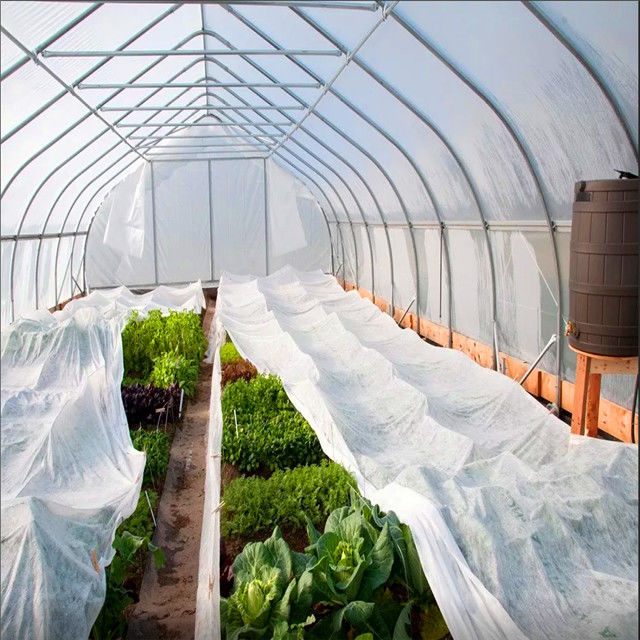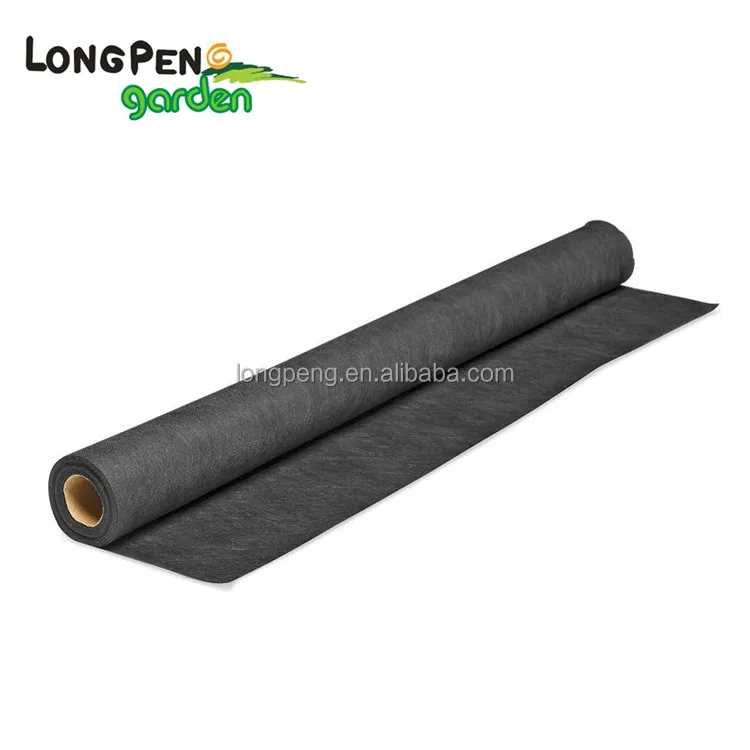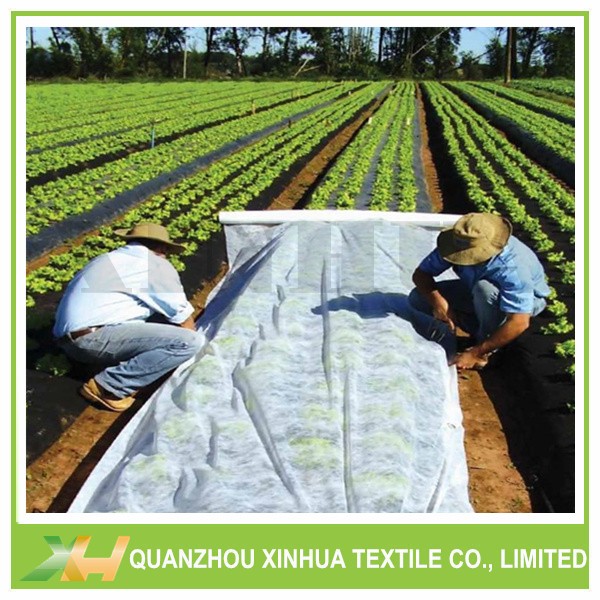
Non-Woven Industry development. Nonwoven fabrics are a product that came out from the petrochemical and plastics industries after the introduction of film. It is lighter than cloth and permits better air circulation. It is frequently used in sanitary and medical products such as facial towels, sanitary napkins, filters, and so on. Then, it was developed and used in engineering. Non-woven fabrics are utilized to shield vegetables from damage caused by cold. While non-woven fabric production is more complex than plastic film production, the basic raw materials are virtually identical. This comprises PE (polyvinylchloride), EVA(Ethylene Vinyl Acetate Copolymer), EVA/polyethylene, and PVA/polyvinyl ether. The typical plastic film is formed into a thin layer by melting the plastic and inflating it. In essence, the film is continuous; the material is able to stretch indefinitely. The film has no pores. It is an impermeable material that blocks any movement or exchange of molecules. The textile industry grew rapidly and artificial chemical fibers made from the above-mentioned materials became the most sought-after. These chemical fibers can still be made into cloth using traditional weaving methods like warp and weave. In contrast to traditional warp and weft processes non-woven materials are created by interweaving fibers from different directions. This material has better material properties than traditional weaved fabrics. It is also produced in one process from raw materials to finished products. The traditional method of drawing and weaving fibers is removed. The production costs are less. Recent years have seen a wide range of non-woven fabrics used in the fashion industry. Non-woven fabric has been used in a variety of applications over the past few years as a result of advances in the field of material science and production technology. Every day , we are exposed to diverse products and materials. The demand for non-woven fabrics in the field of agriculture has grown mainly because of their lightness, the ease of production and their diversity. Look at this non woven weed fabric for more info.

Applications of non-woven fabrics in Agricultural IndustriesNon-woven textiles were first used in agriculture in Europe in 1978 to keep carrots warm for harvesting in the early hours, and also to prevent tomato leaf viruses and whiteflies. Non-woven fabrics are used in the United States for the mulching and protection of tomatoes, sweet peppers. root vegetables, carrots such as carrots. radishes. cabbage. lettuce. They are mostly used to preserve heat, for early harvesting, and insect control. Non-woven fabrics are ideal for covering surfaces , such as grass-proof mats. They also can increase the temperature of soil by holding in water. The creation of water-absorbing blankets from short fiber can be applied to nursery bedding in order to ensure that the roots can absorb all water. They can be used for the ground medium for the production of turf. They can be used as planters to shield large woody plants like the fruit trees or garden trees, and retain moisture. In Taiwan along with the mentioned functions non-woven fabric is used in crop covering. They are extensively used to manage greenhouses' conditions of the environment and save energy. Double-layered covers and canopy curtains help reduce heat loss and radiation in the evening. TAVIK fabrics are non-woven spun-bonded non-woven TAVIK fabrics with high densities were initially used for shading and protecting cauliflower bulbs. Its low thermal conductivityas well as great shading capability and ease of recycleability soon made it popular among farmers. In the following years, it was employed for heat preservation and insect-proof cultivation of leaf vegetables. It also was used as a shade and for heat preservation as well as cultivation for fruit trees and pineapples. The development of non-woven industries has been slow due to Taiwan's unique climate and ecology. Taiwan's non-woven fabric makers continue to innovate non-woven technology. Their focus is on air permeability and water absorption and water repellency. It is being used to preserve and store agricultural product. Follow this agriculture non woven fabric suppliers for more information.
